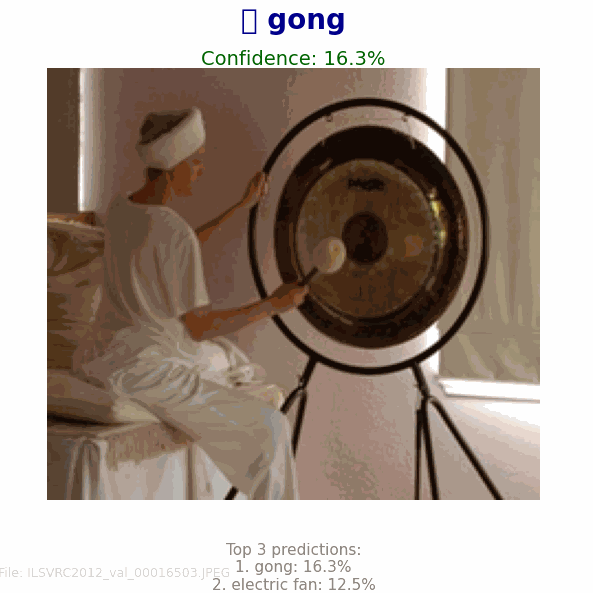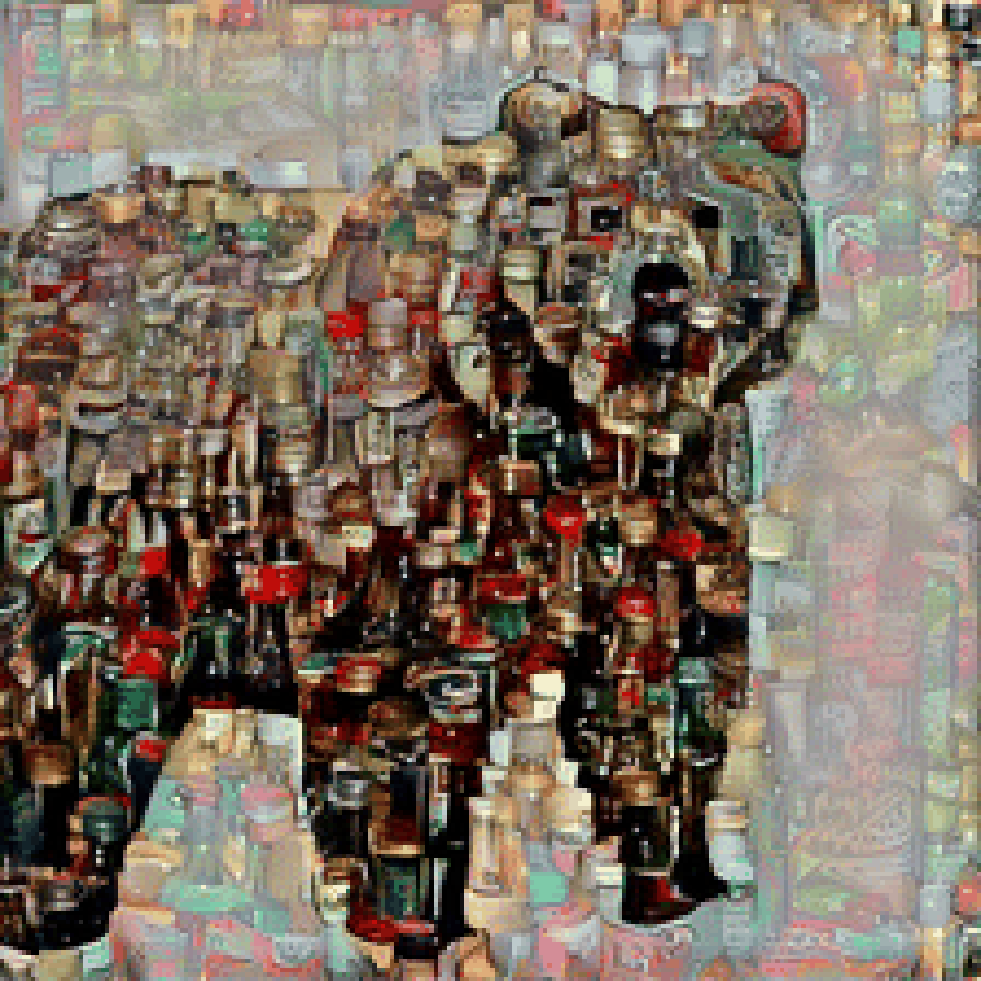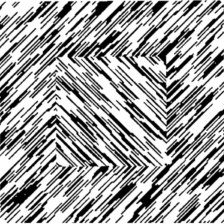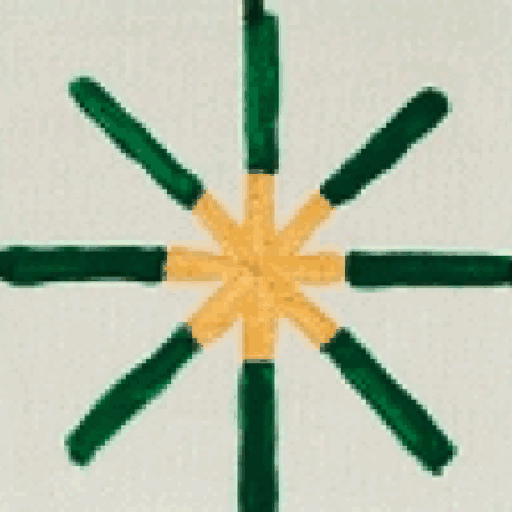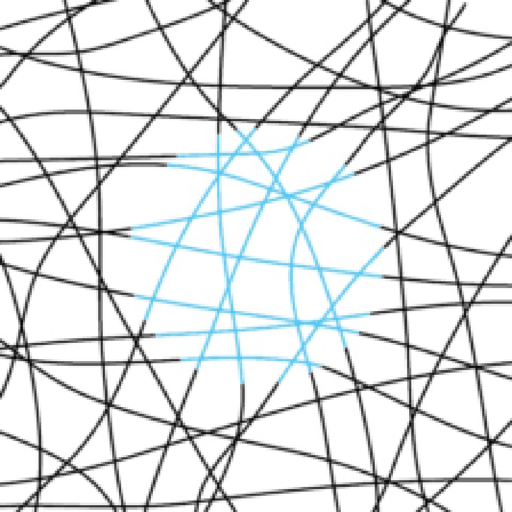Generative Inference
A unifying principle for the integration of learned priors in natural and artificial intelligence
Sample Capabilities Across the Perceptual Continuum
Visual perception functions and experiences on a spectrum from pure sensory processing to pure prior-driven inference
Click the buttons below
Core Object Recognition
Fast, feedforward processing of clear, prototypical visual inputs
Resolving noise/corruption
Recognizing objects under corruption or noise
Figure-Ground Segregation
Separating objects from background using contextual cues
Kanizsa Illusions
Perceiving illusory contours and shapes from inducer stimuli
Ehrestein's Illusions
Perceiving illusory brightness and contrast effects from surrounding context
Neon Color Spreading
Illusory color propagation beyond physical boundaries
Gestalt Principles
Perceptual grouping through similarity, continuity, and closure
Pattern Generation
Seeing structure in noise - imagination and hallucination
